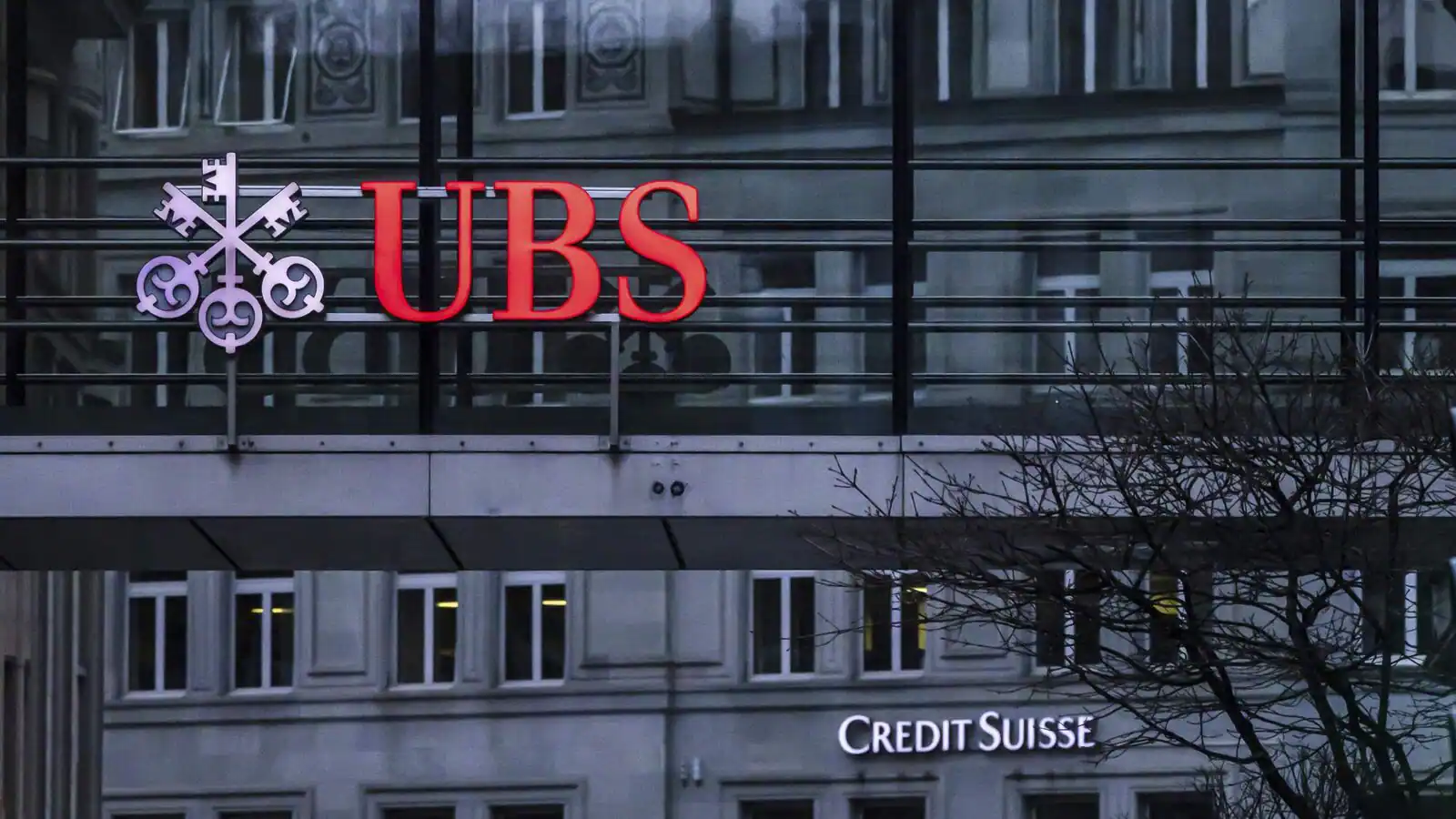UBS and its rival across the street were compelled to enter into a $3.25 billion shotgun marriage in March, but so far it appears that the merger has gone rather well.
UBS achieved the largest quarterly profit ever for a bank thanks to a $29 billion boost from so-called negative goodwill payments to the acquisition, but the combination still has a ways to go.
Sergio Ermotti, chief executive officer of UBS, characterised the last three months as “intense” as plans were being made to successfully merge two systematically important banks. Since the financial crisis of 2008, there has not been a merger of this kind.
The acquisition, he continued, will aid UBS’ expansion. “The Credit Suisse acquisition will act as an accelerant to our plans,” he said to analysts during its earnings call for the second quarter.
Despite the second quarter’s windfall, some people will suffer from the transaction. Half of the $10 billion in cost savings that UBS is aiming for will come from its investment bank. It plans to move the remaining $17 billion in risk-weighted assets to a “bad bank,” keeping just about $9 billion of those assets in the division. If it can persuade enough bankers to convert, this will entail scaling back most of its trading operations while enhancing vital ones like capital markets and M&A.
UBS will phase out 3,000 positions from its Swiss business beginning at the end of next year, citing a strong job market for financial services in the nation. Ermotti. But this is probably only the top of the iceberg.
Ermotti repeatedly stated that the bank hoped to rely heavily on employee turnover that was voluntary rather than being drawn out on the scope of job losses elsewhere. However, headcount increased to around 120,000 in the second quarter, and it is anticipated that up to 35,000 of these positions will be eliminated, the majority of which are likely to come from the 45,000 employees of Credit Suisse.
8,000 Credit Suisse employees have already left in the first half due to workforce exodus and ongoing job cuts. This was before the company announced its first round of layoffs related to the transaction in July, with two more rounds following in September and October. Ten percent of these departures originated in Switzerland, while the majority were from the US and Asia.
UBS will welcome departures, but it has also made an effort to retain important Credit Suisse employees, spending $500 million on retention incentives just in the second quarter. Key dealmakers in the investment bank have consented to transfer, while hundreds of senior Credit Suisse bankers have been recruited by rivals like Citigroup, Deutsche Bank, Jefferies, and Santander. According to UBS, its US technology coverage unit, which executives had cited as an avenue for expansion, has been largely destroyed.
Ermotti claimed that the Credit Suisse agreement was unavoidable but that it wasn’t just caused by a liquidity crisis when its clients withdrew funds in March amid a generalised fear in the banking industry.
He informed analysts on August 31 that it wasn’t just a problem with the liquidity running out. The business strategies and business mix of Credit Suisse were seriously defective, and this negatively impacted their rotation. The bank was no longer able to function independently due to its systemic underprofitability, unsustainable capital allocation, and poor income and cost prospects.
The second quarter results released by Credit Suisse showed a loss of CHF8.9 billion (£79.5 billion) and declining revenue across all of its business segments.
Additionally, UBS has clarified what would happen to Credit Suisse’s domestic bank, which has received the most political backlash and local public outcry with many people fighting against its closure. The division will be fully integrated, which is what a committee of 40 executives from both sides decided would be the wisest course of action. It was the “crown jewel” of the transaction, according to Ermotti.
However, the route is lengthy, and analysts have claimed that there may be dangers along the way. According to Alessandro Roccati, an analyst and senior vice-president at Moody’s Investors Service, “despite progress in clarifying many aspects of the planned run down and integration, execution risk in the transaction will remain high given its breadth and complexity.”
Retaining personnel in the wealth management division and bringing back Credit Suisse’s clients will be more difficult tasks for UBS. The acquisition has increased assets to $5 trillion, and UBS’s objectives centre on the division’s expansion. However, it has already lost over $200 billion in assets, and it will need to work hard to keep client advisors on board because they may go with both connections and funds. When queried by journalists about possible outflows from the purchase, Ermotti responded, “We are always in a war, the battle is never over.
“It’s obvious that the group is still under construction right now. The mid-term bull thesis, in our opinion, should be strengthened by this set of results and announcements, said Deutsche Bank analysts Benjamin Goy and Sharath Kumar.
In contrast to the four years that were initially predicted, UBS will integrate Credit Suisse in three years. Analysts believe that the information presented on August 31 provides some comfort.
According to Morningstar analyst Johann Scholtz, “We now have greater confidence that the Credit Suisse integration won’t harm UBS’s long-term profitability.” According to the statement, “A discount to book value does not capture the underlying profitability of the consolidated entity.”

